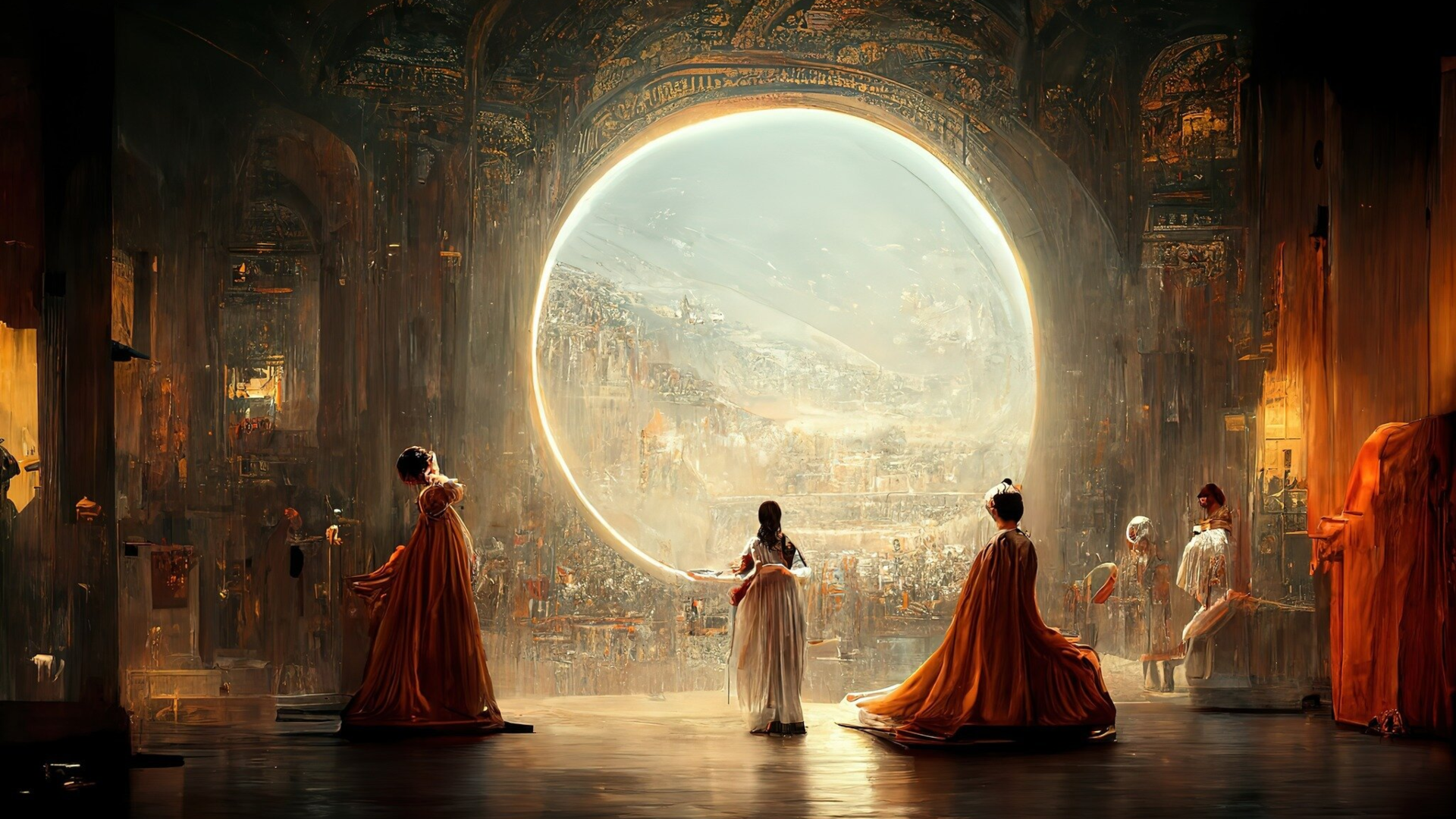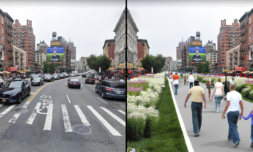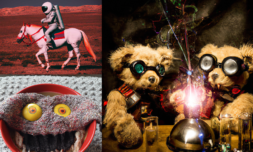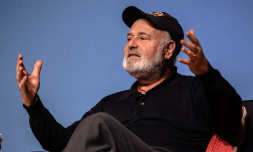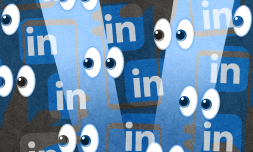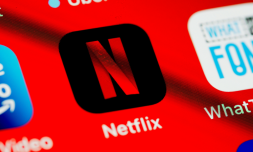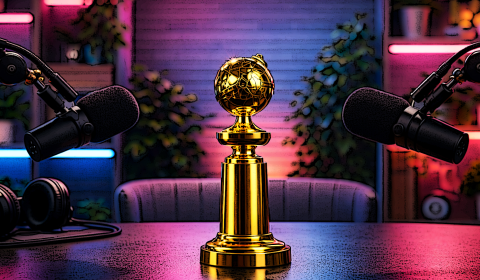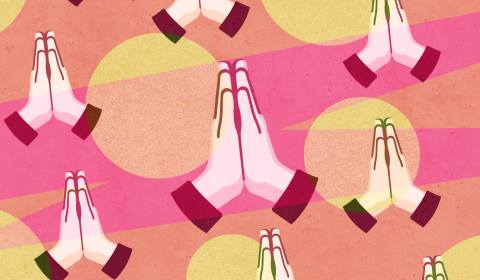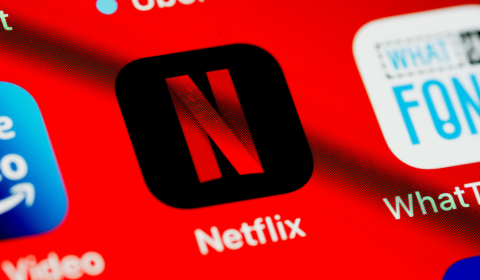This year at the Colorado State Fair, a piece of AI-generated art won an award for Emerging Digital Artists. In the days since, online debate about what constitutes ‘real art’ has ignited.
If you keep up with Thred, you’ll already be completely in the loop regarding AI-generated ‘text-to-image’ programs and their recent emergence.
Canny visual software like DALL-E, NightCafe, and – in this instance – Midjourney, are able to take our words as prompts and transform them into detailed (and often quite original) compositions.
Only recently, we covered a story where amateur city planners created digital mockups of famous city hotspots on DALL-E, and reimagined what they would look like if fully pedestrianised.
Despite being previously locked down by giant corporations like OpenAI and Google, these programs have since become easily accessible and are constantly used to create meme material for social media.
While, for the most part, text-to-art generators have been used as tools of recreation, recent events show the potential for AI works to leave a lasting impact on the professional scene too. Though, not everyone is championing this notion.
At the Colorado State Fair last week, its annual art competition awarded prizes in all the typical categories: painting, sculpture, quilting, etc. One winning entry, however, contentiously took first prize in the digital art rankings for an AI piece created using Midjourney.
The artist, Jason Allen, a studio head at a tabletop games company called Incarnate, used the Discord based text-to-image generator to create the work titled ‘Theatre d’Opera Spatial.’
The piece itself is certainly very striking. Women adorned in renaissance style robes marvel at a futuristic landscape through a giant circular visor. Meanwhile, natural light shines through revealing intricate details on the oily textured surfaces and obscure displays.









